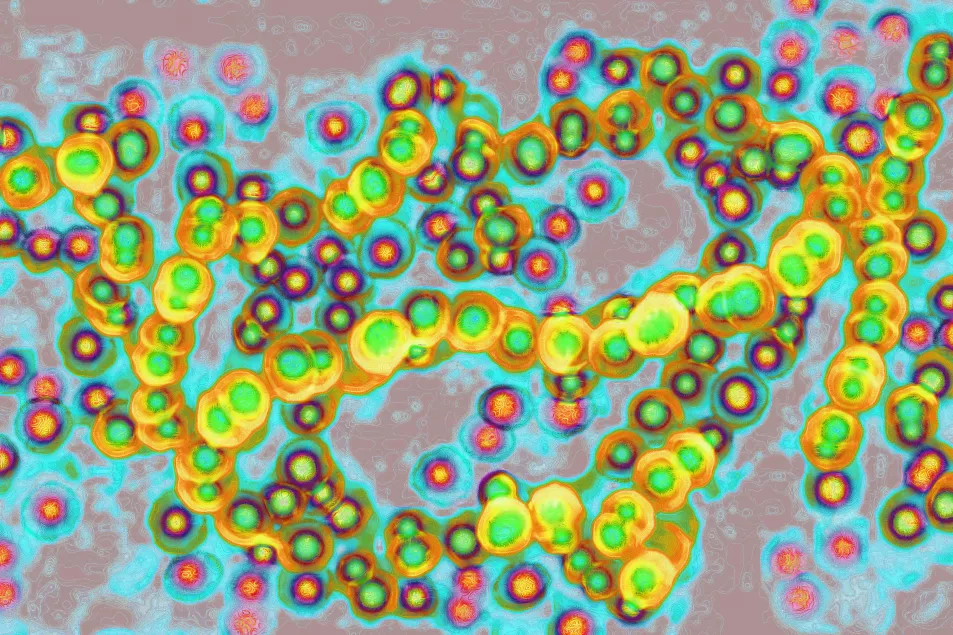Medical practitioners are warning of an increase in Strep A cases in Ireland, particularly among children as the immune systems have become more prone to infections following Covid-19 lockdowns.
Meanwhile in the UK, at least nine children are known to have died from invasive Strep A infection.
Here's everything you need to know about the illness and what signs to look out for...
What is Strep A?
Strep A bacteria can cause many different infections, ranging from minor illnesses to serious and deadly diseases.
The bacteria are commonly found in the throat and on the skin, and some people have no symptoms.
Infections cause by Strep A include the skin infection impetigo, scarlet fever and strep throat. Scarlet fever in particular has seen a recent surge in cases.
While the vast majority of infections are relatively mild, sometimes the bacteria cause life-threatening illness called invasive Group A Streptococcal disease.
What is invasive Group A Streptococcal disease?
Invasive Group A Strep disease can be a life-threatening infection in which the bacteria have invaded parts of the body, such as the blood, deep muscle or lungs.
Two of the most severe, but rare, forms of invasive disease are necrotising fasciitis and streptococcal toxic shock syndrome.
Necrotising fasciitis is also known as the “flesh-eating disease” and can occur if a wound gets infected.
Streptococcal toxic shock syndrome is a rapidly progressing infection causing low blood pressure/shock and damage to organs such as the kidneys, liver and lungs.
This type of toxic shock has a high death rate.
How are Strep A bacteria spread?

The bacteria are spread by contact with an infected person or by contact with infected skin lesions.
Bacteria can be passed from person to person by close contact such as kissing or skin contact.
The risk of spread is greatest when somebody is ill, such as when people have strep throat or an infected wound.
Can these illnesses be treated?
Strep A infections such as scarlet fever and impetigo are treated with antibiotics, with penicillin among the most commonly used.
Anyone thought to have invasive Group A Streptococcal disease should seek medical help immediately. Antibiotics, other drugs and intensive medical attention are likely to be needed.
When should I see a doctor?
Strep throat is different from a regular sore throat and the pain can come on very quickly.
Symptoms include pain when swallowing, fever, and red and swollen tonsils – sometimes with white patches or streaks of pus.
People are advised to see their doctor if a sore throat does not improve, if they are worried or if they have a high temperature, or feel hot and shivery.
Impetigo is a skin infection which starts with red sores or blisters that then burst, leaving crusty, golden patches. The infection can be treated with antibiotics.
Scarlet fever symptoms are often flu-like, including a high temperature, a sore throat and swollen neck glands.
A rash appears 12-48 hours later, starting on the chest and stomach and then spreading.
A white coating also appears on the tongue which peels, leaving the tongue red, swollen and covered in little bumps (often called 'strawberry tongue').
Signs of necrotising fasciitis include fever (a high temperature above 38 degrees), severe pain and swelling, and redness at the wound site.
Early signs and symptoms of toxic shock may include fever, dizziness, confusion, low blood pressure, rash and abdominal pain.







